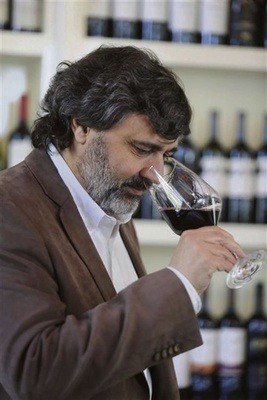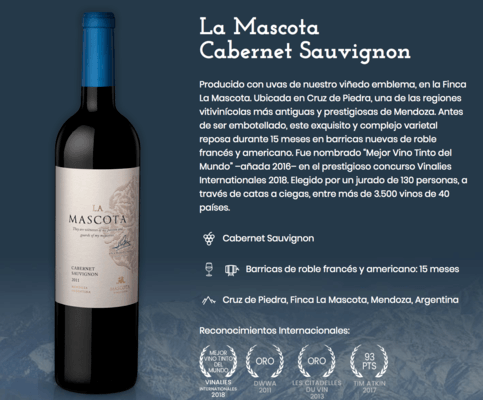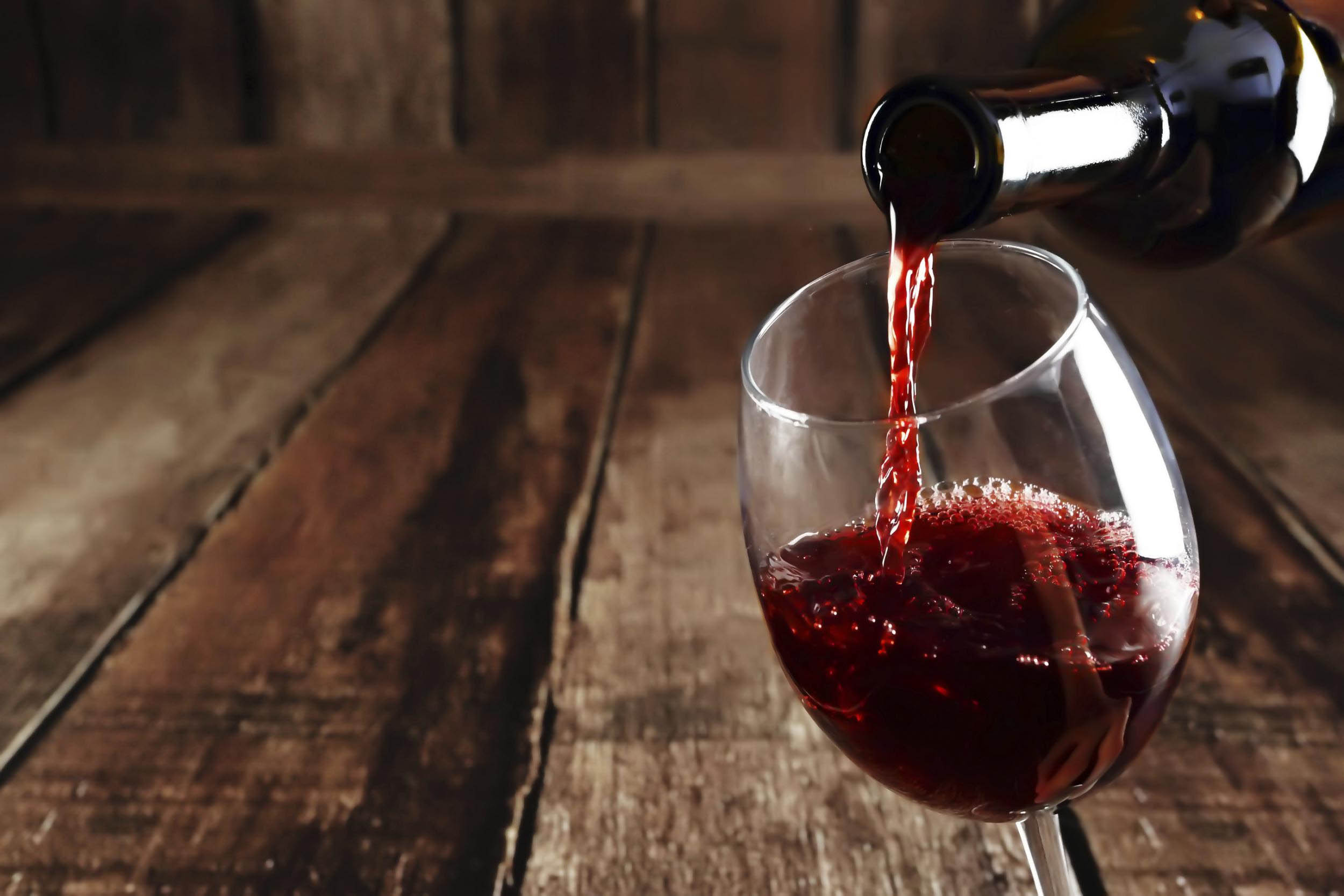My friend Geoffrey McRae sent me this article and I again find myself attracted to Argentina as a future destination. He has perhaps the best real estate representation in the field of agriculture and lifestyle in South America. He recently won Agricultural Real Estate Service Provider of the Year in Argentina for 2018’.
Wine has a place in my heart as the beverage of choice. After shopping at our local butcher and vegetable market there is nothing as good as a fine Cab or Merlot that pairs great with the fresh foods I love to prepare. Time for an Angus Rib Eye and fresh veggies!!
So, I decided to try and find what is described as the best wine in the world.
Rodolfo’s Cabernet Sauvignon was chosen in France as the best red wine in the world. It should come as no surprise to wine lovers.
Rodolfo Sadler Occupation: Winemaker as he read aloud to the immigration officer at Heathrow Airport, London. The emigration offer looks up and asks (in English):? Winemaker?
Are you Opi by any chance? Fearful of being part of a hidden camera or a joke like that, Rodolfo nods. The official leaves his post and comes around and hugs him. “I drink and love your wine!” He explains, and then makes a gesture to a nearby policewoman: This is Opi! the famous winemaker.
“The story was just over a year ago, and at that stage, Sadler was not in the media spotlight as he is today for a wine called La Mascota Cabernet Sauvignon 2016. It was honoured as the Best Red Wine of the world in the prestigious contest Vinalies Internationales, held in France.
What you went through your head when you got the news of the award of Vinalies?
Argentines always have the chances to win with their Malbec wines, because historically they have been the best in the world, but cabernet-and in France !, was something thought impossible.
The first thing I did was read twice the messages coming congratulating me and to confirm that it was the Cabernet. That led me to then ask a couple of the judges for Vinalies, who I had met in Prowein why they had chosen it to be the best red wine of the competition.
One of the two judges, who were French, just told me it was the most elegant of all the wines they had tasted. The other, a Canadian, gave me a further explanation. This wine, he told me, as it was a blind tasting he did not understand where it came from: it seemed a New World wine, which is often corpulent, fat, and heavy; but it was an elegant, easy to drink wine, and had details of fruit that were amazing and they could not place its origin. He said they had not tasted another cabernet with those same characteristics from Argentina in the past.
That they have chosen a Cabernet tells us something about Argentine Malbecs as that has always been the flagship variety?
In Prowein, when I arrived I had just received the news, people from other countries coming to the Argentine stands had the expectation to try this Cabernet. Even Chileans, who feel their Cabernet is much better than ours, approached because not understand how an Argentine Cabernet could have beaten theirs.
Argentine Cabernet Sauvignon and Cabernet Franc is the fourth variety most exported by Argentina.
What kind of wine do you like?
‘I like to make easy to drink, well-rounded wine with ripe tannins, that delivers you the taste of grape. It is part choosing the exact time of harvest. Because if you get it wrong, overmaturity appears, and if you harvest too soon their appears slightly green tannins.
That’s why I like to stay close to the vineyard, to determine the exact right time to harvest the grapes. There is no other magic in the cellar.
How do you see yourself as a Winemaker, Star or Celebrity?
When one is working in the cellar, or in the vineyards, when you are testing grapes, one does not think or awards or celebrities, you think about the passion of wanting to make a good wine.
But when are away from the vineyard people look at you like an artist rather than as a beverage producer. What I mean by that is that is in countries like England, where wine is part of the culture, knowing wine is like knowing how to paint.
How did you approach the wine?
Much is a family tradition. My grandfather was an Austrian and in 1893, in what is now northern Italy, planted vegetables and vineyards in the mountains. In 1908 he migrated to Argentina he looked for similar high mountains so came to Mendoza to keep doing what he had been doing. My dad was also viticulturist and oenologist, and my grandfather purchased a Chiquitita cellar. I remember from my childhood was playing in between the pools of the winery, and basements that were full of bats.
‘And tasting your first wine?
I was 10 or 11 years old.
What do you remember about that wine?
I remember it was too rich for me, due to the amount of sugar they had. Many years later I returned to make a similar wine, when an Englishman from the Laithwaite’s chain, said he liked the wines I was making and asked me to make a wine for him, and I said, “I’ll make a wine as it did with my father. ”
He then went the one with 15% alcohol, lots of colour and sugar, and the Englishman thought it was fantastic. Let’s give it a name, he said, and make it a funny one. In the cellars, there were lots of bats so that became the hallmark. We put that name in English -Waxed Bat-, and today there are sold between 40,000 and 50,000 cases in England of that wine.
Source: The Nacion
Rodolfo won the Trophy for the Best Red Wine World in 2018 Vinalies Internationales, Frances most esteemed wine contest.



